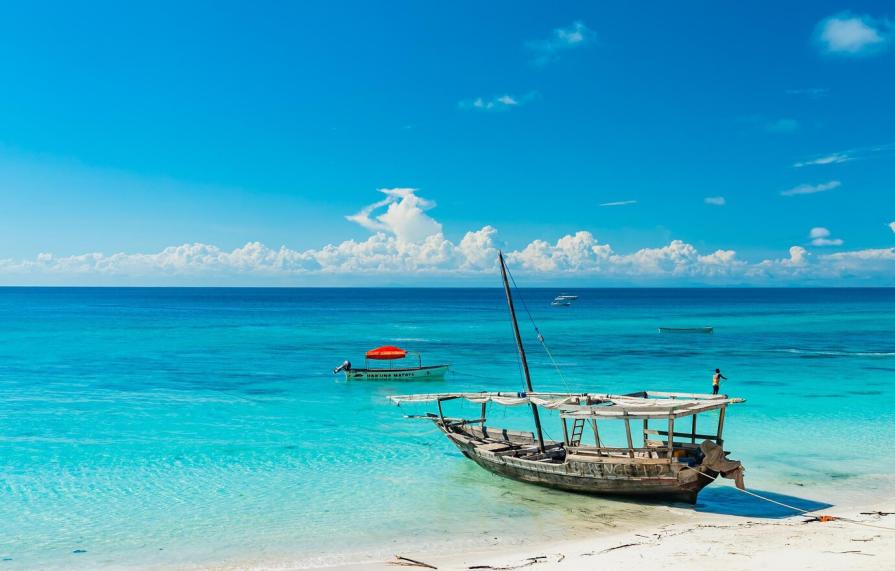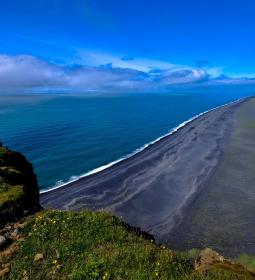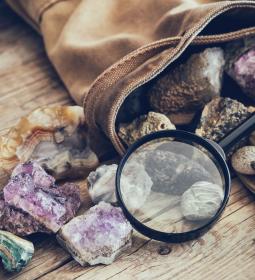The Tanzanian island of Zanzibar, once the center of the Omani colonial empire, is a very unusual place to relax. Zanzibar is located in the southern hemisphere near the equator a few dozen kilometers from the mainland, so you can get to Tanzania from here only by air or by ferry, which runs a couple of times a week.
There is everything you need for a beach holiday: aquamarine waters of the Indian Ocean, white sand, a great menu and hospitable people. Tropical abundance and diversity can not be spoiled by anything - except, perhaps, the total ignorance of water after sunset on the part of tourists and locals. Only rarely, rarely can you see a lonely desperate guy near the surf.

What is the reason for such prudence among the fear-a-prone inhabitants of this part of East Africa? There are several reasons, so let's analyze them in order.
Sea ursages
First, at night, the human eye can not distinguish numerous shades and small details that in the daytime will signal danger. Among the most serious dangerous phenomena on the Zanzibar coast are sea hedgehogs: they cause bathers a sea of trouble, willingly sharing with inattentive travelers their fragile and razor-sharp needles.
In the daytime, even after a few meters of water, you can easily see the dirtiness living on the bottom, but the tides often throw individuals ashore or into the coastal strip.
At night, when the sand is illuminated only by the lunar disk or stars, the water in the ocean is black as tar - the risk of stepping on a hedgehog is not zero. The injections are very painful, although not fatal.

Jellyfish
These are also jelly-like, skeletonless inhabitants of coastal waters. Even the Black Sea are able to sting painfully, and in the tropics, where these bags of jelly have more enemies, and they themselves are larger, the poison of the average jellyfish is quite capable of contropubling an adult, not to mention a child.
Many jellyfish in the Indian Ocean are equipped with a nerve toxin: paralyzing the muscles of the legs or chest, it can drown a careless bather even when he is not capable of direct murder.
And again - in the afternoon, thanks to the low speed of movement, it will not be difficult to warm up with the predator. And at night it will not be possible to see it (however, some breeds emit fluorescence).
It is here that the most dangerous species of these creatures called the "Portuguese ship" lives. Even a dead jellyfish of this breed, thrown by a wave on the sand, is able to decorate the human body with a spectacular scar for the rest of its life. Adults from touching the boat rarely die, but among children victims, alas, happen.

Sea snakes
In Russia, of all the varieties of water snakes, we are dealing only with harmless snakes, but Africans and Indians are "lucky" - their coasts are teeming with these reptiles. They rarely attack a person - you need to disturb the nest with eggs or step on the unfortunate. The rest of the time, reptiles hunt for small fish and look for mollusks. Some breeds are not "equipped" with poison, but others are able to poison for themselves and that guy.
The general rule is simple: do not try to understand whether a snake bite can send you on a date with a great-grandfather, it is better to just bypass an incomprehensible living hose at a respectful distance, and at night not to wander along an unconsecrated beach.

Dangerous fish
In addition to the sea reptiles are fish, the meeting with which is dangerous to your health. Most often they wear bright colors and are clearly visible in the water during the day. However, as is often the case in nature, bright colors are the reason rather to stay away.
Take at least a lionfish - a species of fish, equipped, in addition to beautiful scales and plumage, also full of poison spikes. It is necessary to puncture the skin of a person - and he is provided with paralysis and convulsive muscle contractions for a period of up to several hours.
The chance to meet such a near a public beach is negligible, but the risk is better to minimize and observe the curious habits of this breed of inhabitants of coastal waters a little later than noon, when the sun standing near the zenith penetrates the blue waters to a depth of ten meters. But we do not recommend getting closer by less than a meter - the consequences for the body will be the most unpleasant.
Sharks
The question about the presence of sharks in the waters of Zanzibar is perhaps the main one that tourists ask guides and porters in hotels.

The answer is affirmative: in this part of the Indian Ocean there are several varieties of shark tribe, but most often there are whales harmless to humans and large mammals. Like their large "namesakes", they feed on plankton and other trifles, preferring depths to shallow and "cluttered" corals to the shores of our paradise island.
However, the dominance of whale sharks over others is not a reason for relaxation - other species can inadvertently look here. Statistics and news feeds, however, confidently declare: for many years in these places there were no shark attacks on humans. But the ocean is open, the places are lively, and the hell knows it: maybe it is you who will seem especially appetizing to a cold-blooded creature?
During the day, anyone can easily see the fin above the water for a couple of kilometers, and at night the attack will be unexpected to the end.













